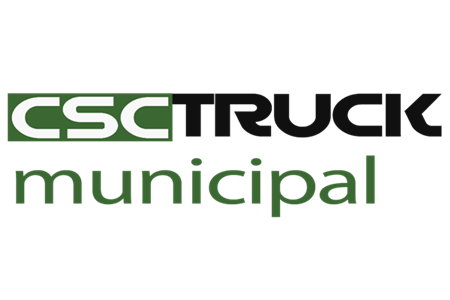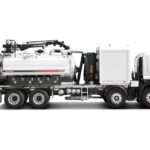Fence sweeper trucks, also known as sweeper vacuum trucks, are indispensable tools for maintaining cleanliness and safety in various settings. These versatile vehicles are commonly used in construction sites, parking lots, industrial facilities, and municipalities to remove debris, litter, and even hazardous materials from the ground. In this comprehensive guide, we will explore how to use a fence sweeper truck effectively, highlighting its importance, operation, maintenance, and safety considerations.
Understanding the Importance of Fence Sweeper Trucks
Before delving into the operational aspects of fence sweeper trucks, it’s essential to understand why they are vital in various industries and environments.
1. Cleanliness and Aesthetics
Fence sweeper trucks play a crucial role in maintaining a clean and attractive environment. In public spaces such as parks, parking lots, and streets, these trucks help remove unsightly litter, leaves, and debris, improving the overall aesthetics of the area.
2. Safety
Cleanliness is directly linked to safety. Debris on roads and pathways can pose hazards to pedestrians and vehicles alike. By using fence sweeper trucks regularly, you reduce the risk of accidents and injuries caused by slippery surfaces or hidden obstacles.
3. Compliance with Regulations
Municipalities and construction sites are often subject to strict regulations regarding cleanliness and environmental standards. Fence sweeper trucks help businesses and governments adhere to these regulations and avoid potential fines and legal issues.
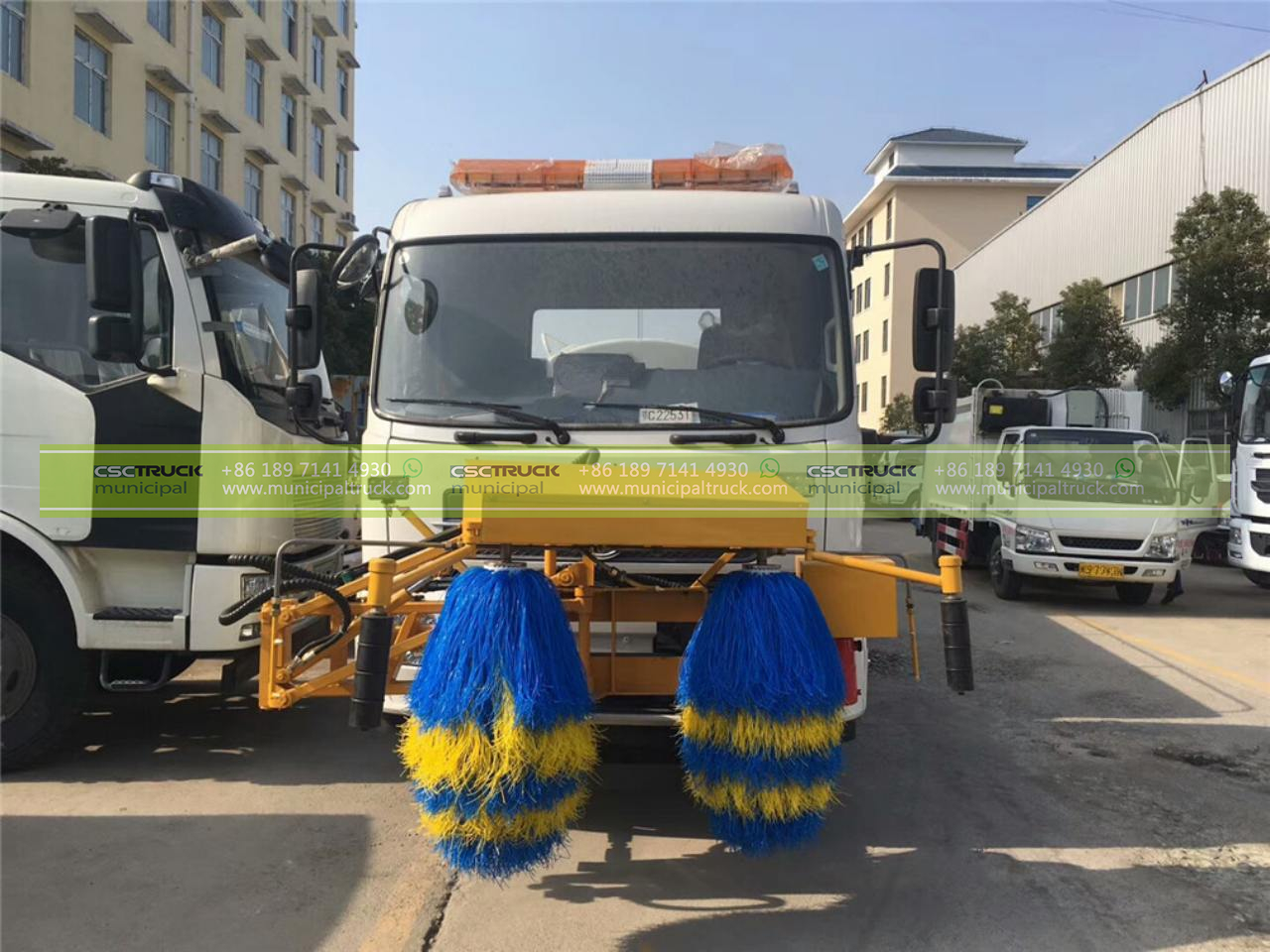
Preparing for Operation
Before you can effectively use a fence sweeper truck, you need to ensure that all necessary preparations are in place. Here are the steps to follow:
1. Safety Precautions
Safety should always be a top priority when using heavy machinery like fence sweeper trucks. Ensure that operators are trained and certified to operate the equipment safely. Personal protective equipment (PPE), such as high-visibility vests and steel-toed boots, should be worn at all times.
2. Inspection
Perform a thorough inspection of the fence sweeper truck before operation. Check for any visible damage, loose parts, or fluid leaks. Ensure that all safety features, such as warning lights and backup alarms, are functioning correctly.
3. Fuel and Fluids
Make sure the truck is adequately fueled and that all essential fluids, including hydraulic fluid and engine oil, are at the recommended levels. Proper fluid levels are crucial for the smooth operation of the sweeper mechanism.
Operating the Fence Sweeper Truck
Once you’ve completed the necessary preparations, it’s time to operate the fence sweeper truck. Here’s a step-by-step guide to using it effectively:
1. Start the Engine
Turn the key to start the engine and allow it to warm up for a few minutes. Listen for any unusual sounds or vibrations that might indicate mechanical issues.
2. Position the Truck
Drive the fence sweeper truck to the area you want to clean. Position it so that the sweeper mechanism is aligned with the target area.
3. Lower the Brushes
Most fence sweeper trucks have adjustable brush heights. Lower the brushes to the desired level, ensuring that they make contact with the ground without causing excessive wear.
4. Engage the Sweeper
Activate the sweeper mechanism using the control panel inside the truck’s cabin. This will start the brushes spinning and the vacuum system sucking up debris.
5. Begin Sweeping
Drive the truck slowly and steadily over the area you want to clean. The spinning brushes will sweep debris into a hopper or debris tank located on the truck. Keep an eye on the hopper’s fill level, and empty it as needed to maintain optimal performance.
6. Adjust the Brushes
If you encounter larger or stubborn debris, you can adjust the brush height or angle to sweep it into the hopper effectively. Some fence sweeper trucks also have a water spray system to help loosen dirt and debris.
7. Monitor Gauges
Keep an eye on the gauges and indicators on the truck’s dashboard. These provide essential information about the engine’s performance, fluid levels, and system pressure. If you notice any abnormalities, stop the operation and investigate the issue.
8. Empty the Hopper
When the hopper is full or nearing capacity, stop the sweeper mechanism and safely empty the debris into a designated disposal area. Follow proper waste disposal procedures, especially if you’re dealing with hazardous materials.
9. Finish the Operation
Once you’ve covered the entire target area, return the brushes to their upright position and deactivate the sweeper mechanism. Park the fence sweeper truck in a designated storage area or prepare it for transportation to the next job site.
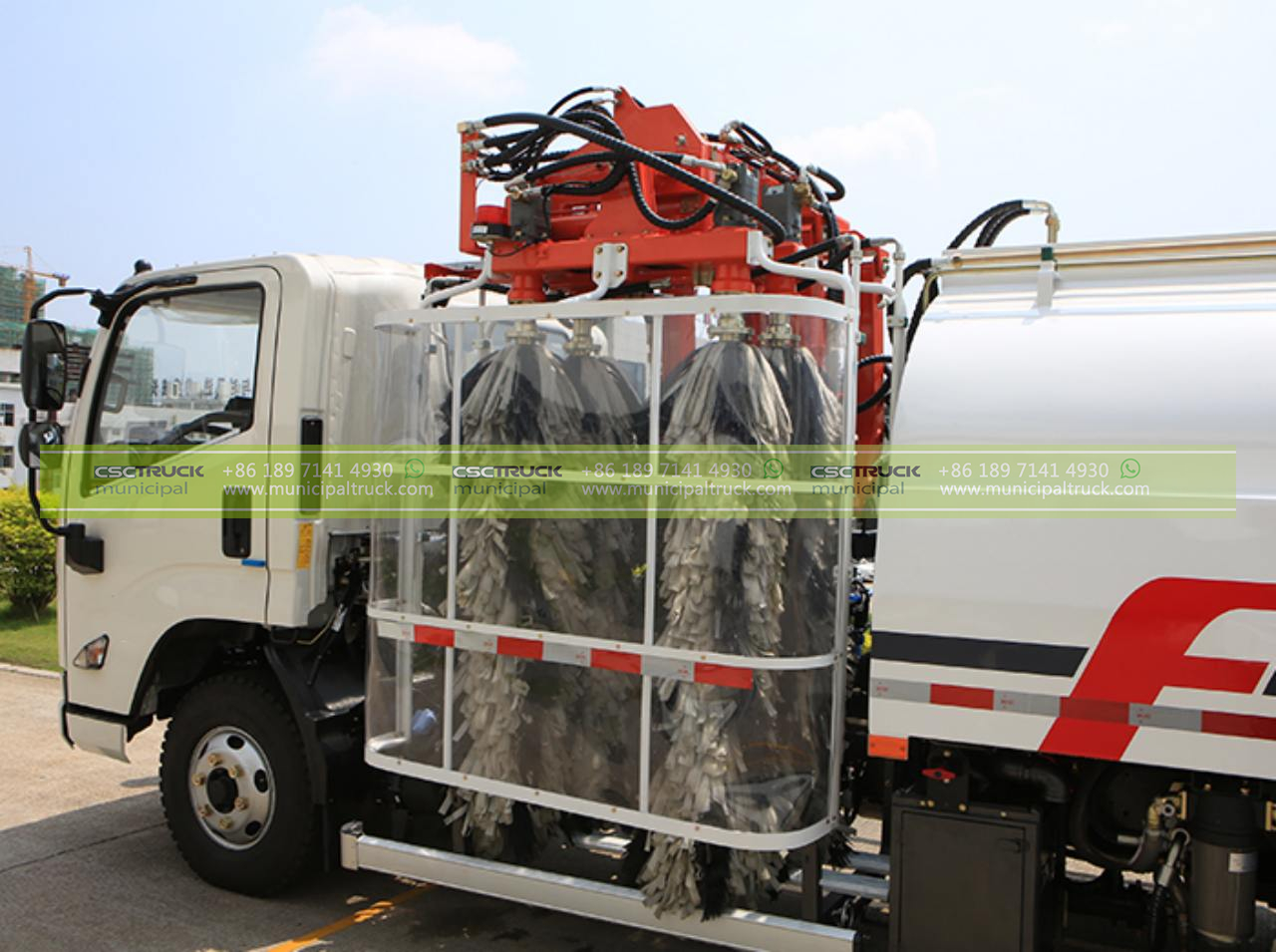
Maintenance and Care
Proper maintenance is essential to keep your fence sweeper truck in optimal working condition and extend its lifespan. Here are some maintenance tasks to consider:
1. Regular Inspections
Perform daily or pre-operation inspections to check for wear and tear, loose bolts, and any signs of damage. Address any issues promptly to prevent more significant problems.
2. Cleaning
Clean the sweeper brushes and vacuum system regularly to prevent clogs and maintain efficient operation. Ensure that all debris is removed from the hopper after each use.
3. Fluid Checks
Monitor fluid levels regularly and change oil, hydraulic fluid, and other fluids as recommended by the manufacturer. This helps prevent breakdowns and ensures smooth operation.
4. Component Replacement
Replace worn or damaged components, such as brushes, filters, and belts, according to the manufacturer’s recommendations. This is essential for maintaining the sweeper’s effectiveness.
5. Calibration
Calibrate the sweeper mechanism as needed to ensure that it picks up debris effectively without causing excessive wear on the brushes or damaging the surface.
Safety Considerations
Using a fence sweeper truck involves inherent risks, so it’s crucial to prioritize safety at all times:
1. Operator Training
Ensure that all operators are properly trained and have a thorough understanding of the truck’s controls and safety features.
2. Traffic Control
If operating the truck on public roads or in high-traffic areas, establish proper traffic control measures, including cones, signs, and flaggers, to protect both workers and pedestrians.
3. Hazards Identification
Be vigilant in identifying potential hazards, such as uneven terrain, low-hanging branches, or buried obstacles, that may interfere with the sweeper’s operation.
4. Ventilation
If the truck is used to pick up hazardous materials, make sure the vehicle’s cabin is adequately ventilated to protect operators from fumes or dust.
5. Emergency Procedures
Develop and communicate clear emergency procedures in case of accidents, mechanical failures, or other unexpected events. All operators should know how to safely shut down the equipment and respond to emergencies.
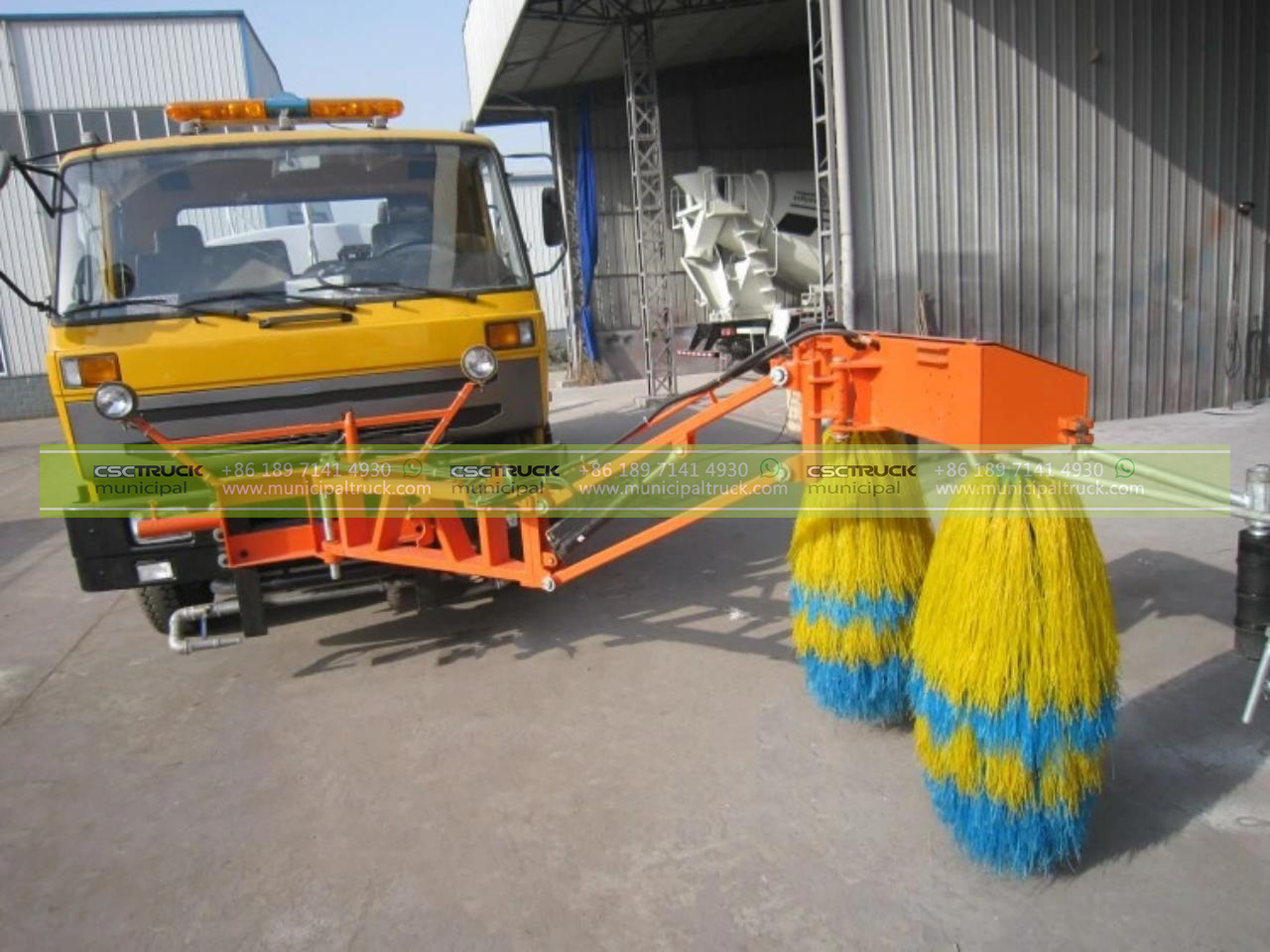
In conclusion, fence sweeper trucks are valuable tools for maintaining cleanliness and safety in various settings. By following proper preparation, operation, maintenance, and safety procedures, you can use these machines effectively to enhance the aesthetics and safety of your environment while complying with regulations and reducing the risk of accidents. Always prioritize safety, proper training, and routine maintenance to ensure the efficient and safe operation of your fence sweeper truck.
Contact us for this municipal truck or similar trucks: [email protected] Call us or What's APP us: +86 189 4292 3930
